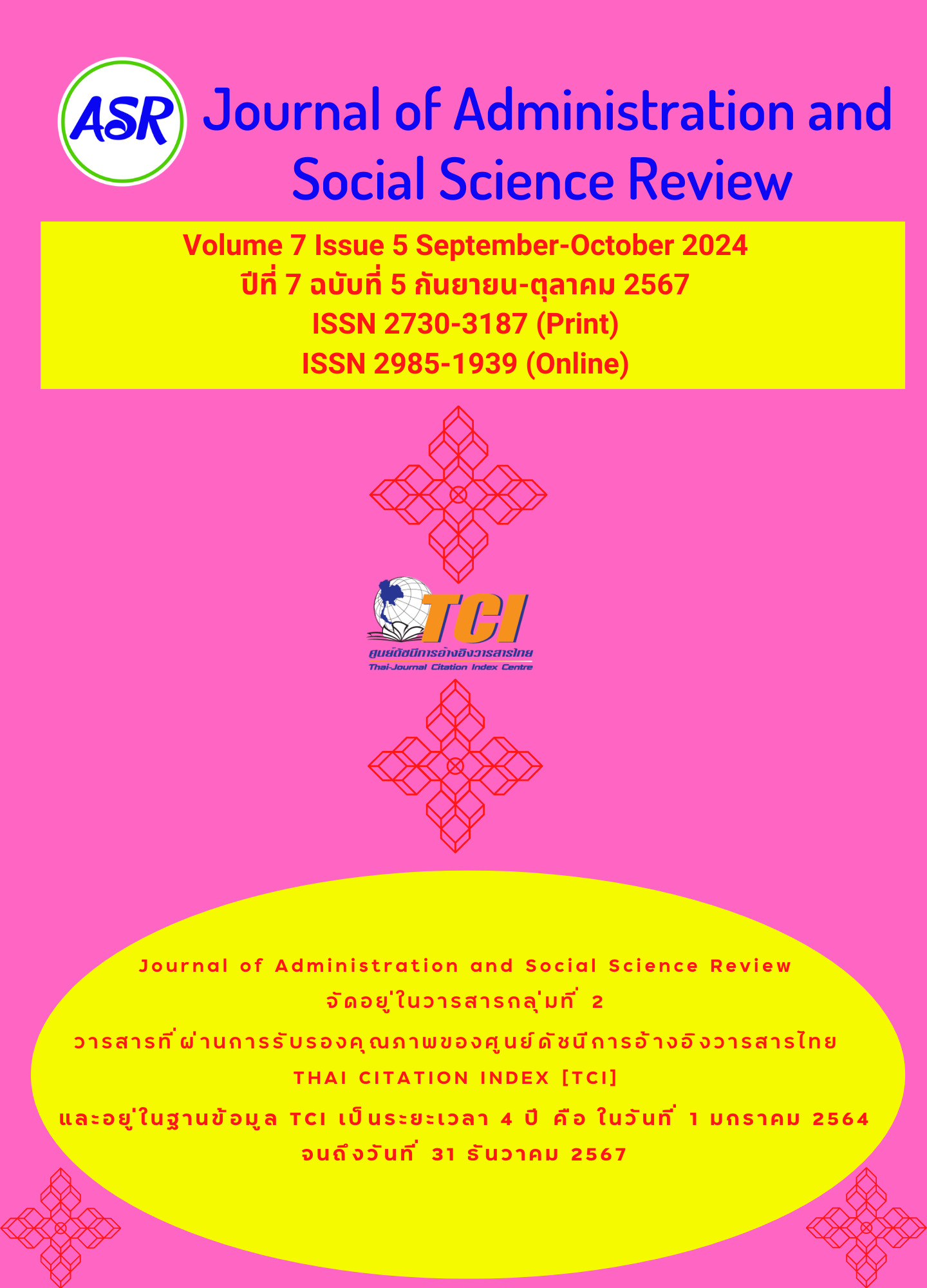Guidelines for Internal Management in Educational Institutions under the Jurisdiction of the Nan Provincial Education Office
Keywords:
Internal management guidelinesAbstract
The objectives of this research article were: 1. to assess the need for internal supervision, and 2. to study the internal supervision guidelines of educational institutions affiliated to the Nan Provincial Learning Promotion Office. It was mixed methods research with a sample of 162 people, 6 school administrators, 1 education supervisor, 24 civil servants, teachers, 3 librarians, volunteer teachers, and 1 educator, 71 students and teachers, and 57 sub-district teachers. There were 9 interviewees. The research tools used in the research were questionnaires and interviews. The statistical instruments used in the data analysis were percentage, mean, standard deviation, essential demand priority index, and content analysis .
The results showed that 1) the need for the internal supervision was in order from high to low, including internal supervision planning, evaluation and reporting of internal supervision results, and current conditions. Problems and Needs of Internal Supervision and Implementation of the Internal Supervision Plan. 2) The internal supervision guidelines were the current conditions: problems and needs of the internal supervision appointment of a working group to analyze current conditions, problems and needs to reflect the strengths, weaknesses, opportunities, and obstacles in the educational institution. In terms of the internal supervision planning, it identified the cause need, problem condition, and then summarized the problems and needs of the educational institution. In terms of implementing the internal supervision plan, teacher development administrators had knowledge and understanding of internal supervision through various methods such as Kalyanamitr. In terms of evaluation and reporting of internal supervision results, a committee was appointed to monitor the supervision activities within the educational institution according to the project, and the internal supervision activities by setting the target for each supervision session with notification throughout the day, time and place.



